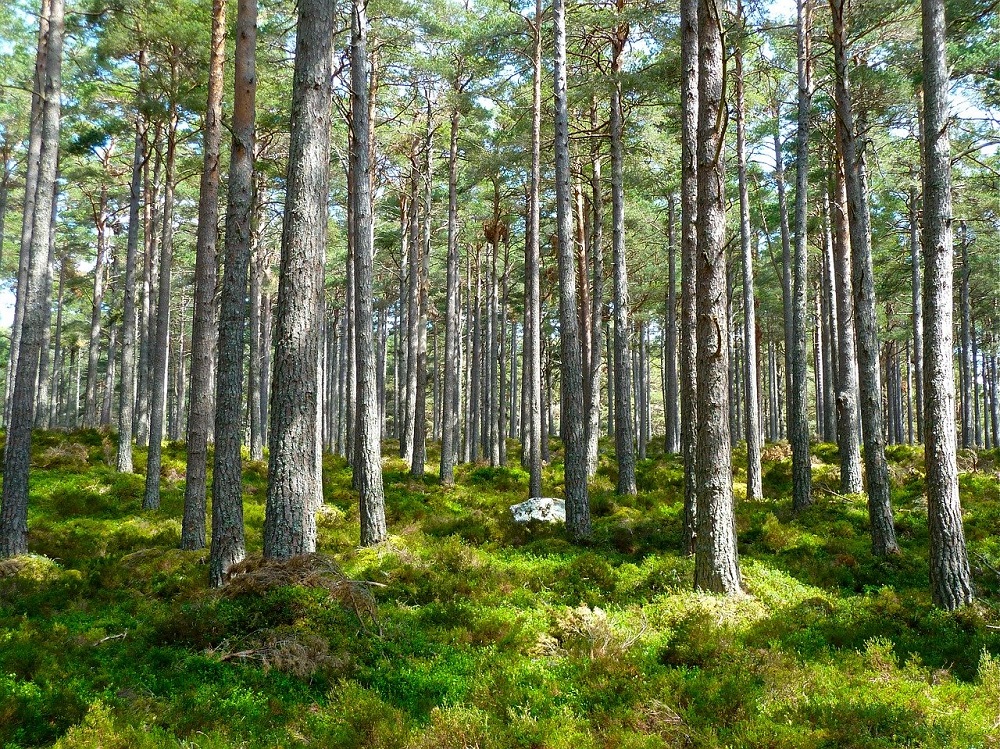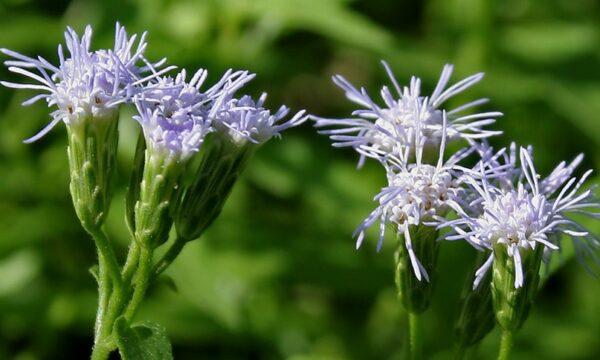
Trees and forests play a significant role not only in the future of the human race but in the earth itself and in ways you might not even imagine.
Think, for instance, that almost 50% of the fruit we eat comes from trees – not to mention the nuts and spices – and this point is really emphasised when you also consider that around 40% of the extremely rural poor (around 250 million people) rely on forests for their insurance against hunger.
Not only that, but with the challenges of climate change in mind, our forests also act as carbon sinks – absorbing the equivalent of around 2 billion tonnes of carbon dioxide each year.
Non-native trees (NNTs) form part of that vitally-important mix and, together with sustainably managed plantation forests, work to reduce the pressure on natural forests because of their greater resistance to pests and diseases as well as climate change – compared to native species.
There’s little wonder then that major tree planting campaigns have taken root around the world with literally millions of trees being planted to restore degraded land, help create ‘green’ jobs, reducing the poverty of rural communities, preventing the expansion of arid regions, preserving biodiversity and, ultimately, mitigating the impacts of a changing climate.
Examples of massive tree planting campaigns include the One Billion Trees Programme in New Zealand, which aims to diversify existing land uses across the country, as well as the Three-North Shelter Forest Program in China where more than 66 million trees have been planted to stop the expansion of arid regions.

However, a team of international scientists – spearheaded Dr Giuseppe Brundu, from the University of Sassari, Italy – have devised a list of eight ‘global guidelines’ for the sustainable use of non-native trees to protect worldwide biodiversity.
Non-native tree species can have a detrimental effect on native biota through competition with native species, predation, herbivory, habitat alteration, disease and even hybridization of species.
In the paper in the journal NeoBiota, in which CABI’s Dr Urs Schaffner and Professor Dave Richardson, from Stellenbosch University, South Africa, also contribute, the researchers argue that unless their global guidelines are taken seriously the spread of non-native tree species will make the conservation of forest biodiversity and work towards achieving a number of SDGs – linked with forest sustainability – difficult to achieve.
Dr Brundu said, “The application of the global guidelines and the achievement of their goals will help to conserve forest biodiversity, ensure sustainable forestry, and contribute to the achievement of several Sustainable Development Goals (SDGs) of the United Nations linked with forest biodiversity.”
The eight Global Guidelines for the use of Non-Native Trees (GG-NNTs), which use the Council of Europe – Bern Convention Code of Conduct on Invasive Alien Trees as a starting point, are:
- Use native trees, or non-invasive trees, in preference to invasive non-native trees.
- Be aware of and comply with international, national, and regional regulations concerning non-native trees.
- Be aware of the risk of invasion and consider global change trends.
- Design and adopt tailored practices for plantation site selection and silvicultural management.
- Promote and implement early detection and rapid response programmes.
- Design and adopt tailored practices for invasive non-native trees control, habitat restoration, and for dealing with highly modified ecosystems.
- Engage with stakeholders on the risks posed by invasive non-native trees, their impacts and options for management.
- Develop and support global networks, collaborative research and information sharing on native and non-native trees.
The scientists stress that the cooperation of all relevant stakeholders, to identify both robust scientific knowledge and technical knowledge and experience regarding the use and management of NNTs, is vital is the guidelines are to serve an effective purpose.
They add that managers and planners need to consider the species and the environmental context before developing a stratified approach to take account of regional and habitat-specific management.
Additional information
Main image: Non-native and sustainably managed plantation forests provide a range of forest goods and services and help reduce the pressure on natural forests (Credit: Pixabay).
Full paper reference
Brundu G, Pauchard A, Pyšek P, Perg J, Bindewald AM, Brunori A, Canavan S, Campagnaro T, Celesti-Grapow L, Dechoum M de S, Dufour-Dror J-M, Essl F, Flory LS, Genovesi P, Guarino F, Guangzhe L, Hulme PE, Jäger H, Kettle CJ, Krumm F, Langdon B, Lapin K, Lozano V, Le Roux JJ, Novoa A, Nuñez MA, Porté AJ, Silva JS, Schaffner U, Sitzia T, Tanner R, Tshidada N, Vítková M, Westergren M, Wilson JRU, Richardson DM, ‘Global guidelines for the sustainable use of non-native trees to prevent tree invasions and mitigate their negative impacts,’ NeoBiota, 9 October, 2020. DOI: 10.3897/neobiota.61.58380.
See also the news story ‘Scientists suggest global guidelines for sustainable use of non-native trees to protect worldwide biodiversity’.
Related News & Blogs
Biodiversity loss: How can we reclaim our landscapes from threats to biodiversity?
On 22nd May, we mark the International Day for Biological Diversity. In this article, CABI’s Global Director for Invasive Species Dr Hariet Hinz looks at how we can reclaim our landscapes from threats to biodiversity. Biodiversity loss is proceeding at…
22 May 2025




